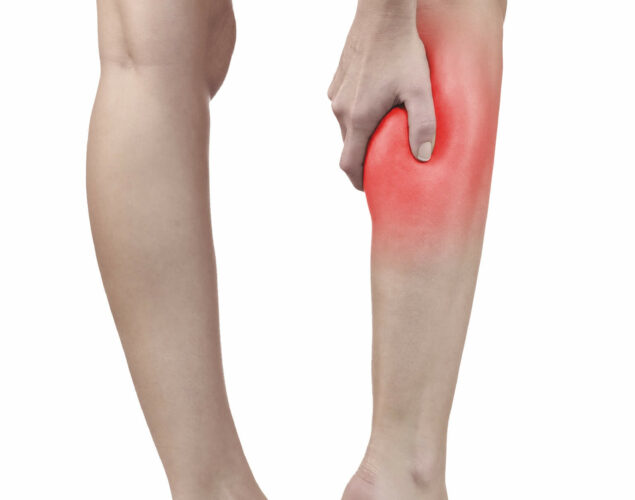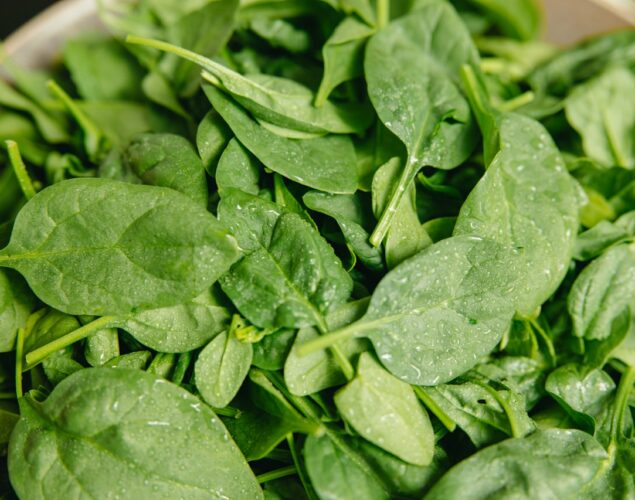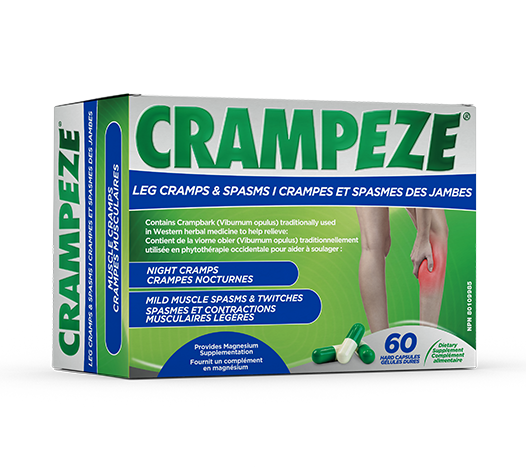And How To Relieve Night Cramps
Leg cramps, also known as night leg cramps, are fairly common and occur mostly at night. Leg cramps are characterised by a sudden movement in the leg muscles, causing painful, involuntary contractions to occur. They can last from a few seconds up to a few minutes. Low levels of certain minerals such as electrolytes and some medications, have also been cited as a cause of leg cramps. Some people suffer from chronic leg cramps and unfortunately, there is no definite cure at this stage. These people can take Crampeze long term to help combat these cramps.
SYMPTOMS
The symptoms of a muscle cramp include:
- Sudden uncontrollable and painful spasms in the muscle
- Muscle twitching
- Excruciating deep muscle pain in the calf
- Tightness of the calf and hardening of the muscle
A cramp can reoccur several times before it goes away. Cramps are common at night and generally occur in the calf muscles and feet.


WHAT CAUSES LEG CRAMPS
- Muscle injury
- Muscle fatigue
- Poor diet and lifestyle
- Low Magnesium levels or Magnesium deficiency
- Dehydration
- Physical overexertion
- Physical exertion of cold muscles
- Some medications
- Excessive perspiration
LIFESTYLE TIPS TO REDUCE CRAMPS
There are some suggested tips to help alleviate night time leg cramps that can be incorporated into your daily routine:
- Drink plenty of water during the day
- Daily calf stretches
- Trying not to sit with your legs crossed
- Take a warm bath before going to bed
- Indulge in regular massages
- Modify diet to include more potassium & magnesium based foods


FOODS RICH IN MAGNESIUM
Magnesium is absorbed by the body through a diverse range of foods in our diet. Each food product has a varied concentration of Magnesium in it, and thus it is important to maximise your daily intake by including magnesium-rich foods in your diet. This can include:
- Leafy green vegetables such as spinach
- Nuts and Seeds: Pumpkin seeds, sesame seeds, brazil nuts, almonds, cashews, pine nuts, peanuts, pecans and walnuts
- Fish: Mackerel
- Beans and Lentils: Soy beans, white beans, french beans, black-eyed peas, kidney beans, chickpeas, lentils, pinto beans
- Grains: Brown rice, quinoa, bulgur, wheat germ, buckwheat, millet, whole wheat pasta, barley and oats
- Dried Fruit: Figs, prunes, apricots, dates, and raisins
- Others: Avocados, bananas, dark chocolate, seaweeds and tofu
CRAMP FACTS
Leg cramps are reported in up to 60% of adults and 7% of children. Up to 20% of people have symptoms every day1
About 1 in 3 people over the age of 60, and about half of people over the age of 80, experience regular leg cramps2
Approximately 50% of those over 55 suffer nocturnal leg cramping, significantly more people experiencing nocturnal leg pain3
40% of people who suffer from leg cramps have cramps at least three times per week4
References:
- Allen RE, Kirby KA. Nocturnal leg cramps. Am Fam Physician 2012;86:350–5
- http://www.backinmotion.com.au/news/article/how-to-combat-night-pains-and-cramps Adrian Quinn – Physiotherapist and Director, Back In Motion
- Camberwell How to combat night pains and cramps Published: 19 March 2014
- http://www.medicalnewstoday.com/articles/180160.php by Christian Nordqvist

PRODUCTS
Crampeze
Crampeze is an effective multi-combination product vs. magnesium alone for cramp relief.
- For chronic cramp sufferers, ideal for long term use.
- Contains magnesium for magnesium supplementation
- Helps relieve night cramps
- Contains Ginkgo Biloba to support blood circulation to the peripheral areas of the body (legs, hands and feet)





